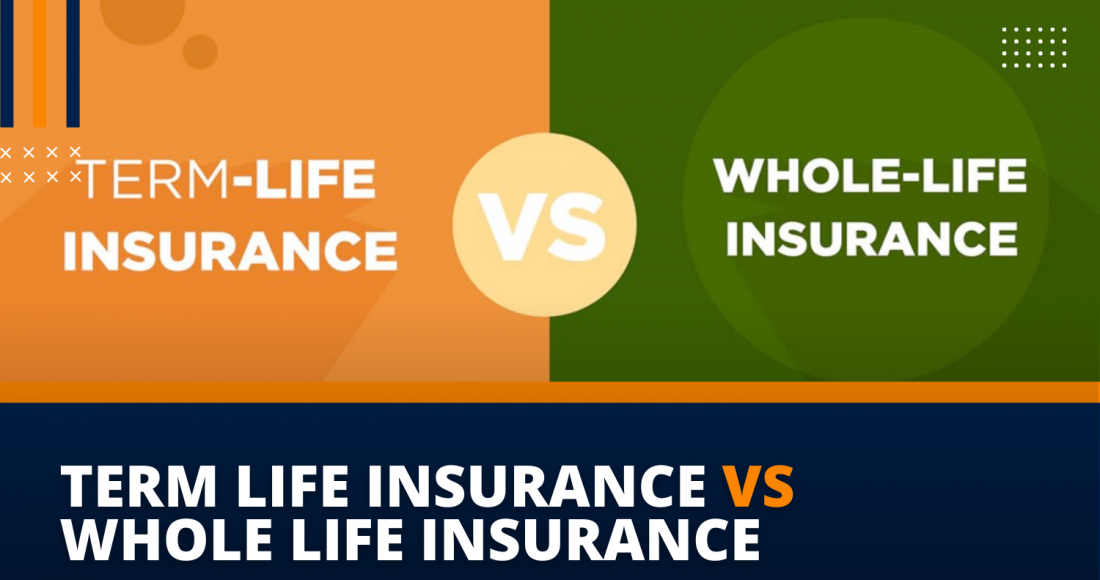You’re not alone if you find the distinction between term life and whole life insurance confusing. Life insurance provides money to beneficiaries if a policyholder passes away; however, many people aren’t aware of the differences and benefits of term vs whole life insurance. When it comes to protecting your family’s financial future, you need to understand the basics of these two options.
What Is Term Life insurance?
In essence, term life insurance is what its name implies: A policy that provides coverage for a specific period or term, typically from 10 to 30 years. It does not have a cash value component instead of whole life insurance – also designed to give your beneficiaries the benefits if you die during the term. Consider whether your family’s need for life insurance will change before the term of the policy expires if you buy a term policy to protect them. That usually means the kids are grown and on their own, a fully-paid house and the surviving spouse has some funds that serve as a safety net.
What Is Whole Life insurance?
A whole life policy offers permanent coverage that lasts as long as you pay your premiums and is thus called the simplest form of permanent life insurance. As opposed to what term life insurance implies, whole life insurance is life insurance and an investment product with cash value. Your policy’s cash value occurs when a portion of your premium is invested overtime on a tax-deferred basis, so you don’t need to pay taxes on the earnings. If you live long enough, you can benefit from the cash value of your policy. After it has grown into a generous amount, the cash value in your policy can be borrowed against, or withdrawn from, to make premium payments, or you can even surrender it for cash to supplement your retirement. Various permanent life insurance options exist, but whole life is the simplest.
- Whole life insurance premiums don’t change throughout the policy
- Death benefits are guaranteed
- A guaranteed rate of growth for the cash value
What Are The Pros And Cons Of Term Life And Whole Life insurance?
One of the most significant differences between life and term insurance is that real-life provides permanent coverage with a cash value component. The fact that the death benefit for the entire life policy is guaranteed means that the premium for the whole life policy is higher than that of a term policy. Here are some other differences and features of the two types of policies:
Policy Features
- Term life insurance
- Whole life insurance
Amount Of The Initial Premium
- Low
- Rates are typically higher than those for term insurance
The Premium Over Time
- It may change over time or remain the same
- Guaranteed to stay the same
Permanent Coverage
- No
- Yes
Duration Of Coverage
- A typical lifespan is between 10 and 30 years. The company plan may last up to the termination age if you buy it through your employer
- A lifetime policy (provided you continue to pay)
Health Exam Required
- In most cases, but varies depending on the amount withdrawn
- Yes
Cash value
- No
- Yes – it accumulates over time
Eligible For Company Dividends
- No
- Yes – it depends on the company
The Ability To Withdraw Cash Value Throughout The Policy’s Life
- There is no cash value
- Yes, withdrawals and loans can be made (although not repaid will reduce the death benefit).
Benefits Guaranteed Upon Death
- Yes
- Yes
The Bottom Line
With its cash value component, whole life insurance certainly offers more financial flexibility. Although permanent policies are more complex and expensive, many consumers adhere to the old axiom “Buy term and invest the rest.”





